Photographs: Amit Dave/Reuters Swaraj Baggonkar in Mumbai
Indian Hotels Company, owner and manager of Taj Hotels, reported a 29 per cent increase in net loss in the first half of this year at Rs 91 crore (Rs 910 million), though its stand-alone operations yielded a loss of only Rs 2.3 crore (Rs 23 million).
Much of the loss at the consolidated level was attributed to the drag on account of the three operational properties of the US, including the luxurious Pierre on New York's Fifth Avenue, where the company had spent $100 million towards renovation, double its acquisition price, but far from generating returns.
...
Taj's global ambitions: Much room for improvement
Image: Pierre Hotel in New York.Photographs: Shannon Stapleton/Reuters
Other acquired properties have not come cheap. The company invested a total of $228 million in acquiring Boston's Ritz-Carlton and Campton Place in San Francisco five years ago.
Following the slowdown in travel and hospitality, a recovery has taken longer than usual for the company.
When asked about the turnround in the US market, Anil Goel, executive director - finance, said: "It's going to take a bit more time. The US itself is going through its own issues. It will take some time for the US to become much more buoyant, and demand for hotel rooms to return, so there is pressure there. It's not going to be easy, it will take us at least 1.5-2 years."
...
Taj's global ambitions: Much room for improvement
Image: An Intercontinental hotel in Tokyo.Photographs: Kim Kyung Hoon/Reuters
The Pierre (also called Taj Hotel Manhattan) is one of the 17 properties the company has in its global portfolio. This portfolio, representing 16 per cent of its total hotel inventory of 116 properties, is minuscule compared to global peers.
Indian Hotels, the second-largest hotel company in India (by room inventory), has a global share of 0.1 per cent at a little over 14,000 rooms against a total room supply of 13.44 million in the world, according to data of research firm STR Global.
In comparison, Intercontinental Hotels Group, the world's largest hotel operator by number of rooms, has a market share of five per cent, with 675,000 rooms across seven brands.
...
Taj's global ambitions: Much room for improvement
Image: Marriott hotel in downtown Los Angeles.Photographs: Fred Prouser/Reuters
Marriott International comes a close second with 650,000 rooms. Both are expanding aggressively in India. "The US properties (especially The Pierre) have been a sore point for the company's global foray. IHMS, which includes the Pierre, Taj Boston and Campton Place, registered the sixth straight year of negative performance (last year).
"While the IHCL management had been guiding to a turnround in the US operations, there has been no change in performance. We believe it is largely to do with the fact that the US is a much more mature market and, hence, IHCL has to spend a lot more on advertising expenses while its RevPARs are lower than peers due to market positioning," added a Morgan Stanley report.
...
Taj's global ambitions: Much room for improvement
Image: Taj Palace hotel in Mumbai.Photographs: Vivek Prakash/Reuters
Of every Rs 10 generated by Indian Hotels, Rs 3 is generated outside India, arising majorly from the US. The immediate target of the Mumbai-based company is to increase the global share to 40 per cent and gradually take it higher from there.
"We are in a global economy, we need to really balance our portfolio today and not be holding to one market. The idea is to have at least 40 per cent of our revenue from outside of India, so we can balance our portfolio in the long term. This will allow us to not have all our eggs in one basket," added Raymond Bickson, managing director.
...
Taj's global ambitions: Much room for improvement
Image: A Ginger hotel in New Delhi.Photographs: Parivartan Sharma/Reuters
Besides exploring the acquisition of Orient-Express, which would provide faster expansion, the company plans to increase its footprint independently as well. For instance, it recently formed alliances in China to manage two-three properties, and is on the lookout for more properties in Asia.
Not just Taj, but the company's other brands, such as Gateway (upscale segment) and Vivanta (upper upscale) are also going global. Three properties are open (one under Gateway, two under Vivanta). Low-cost brand Ginger, too, has global ambitions, but is focusing on the Indian market for the time being.

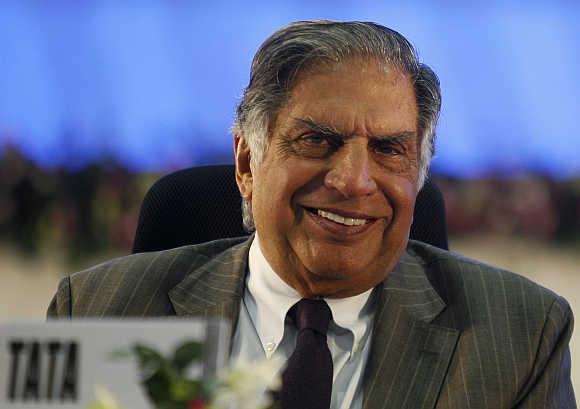
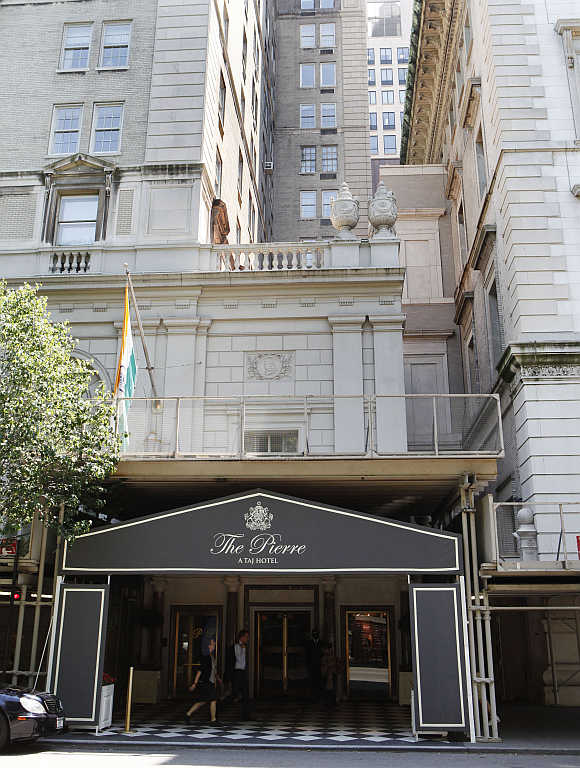
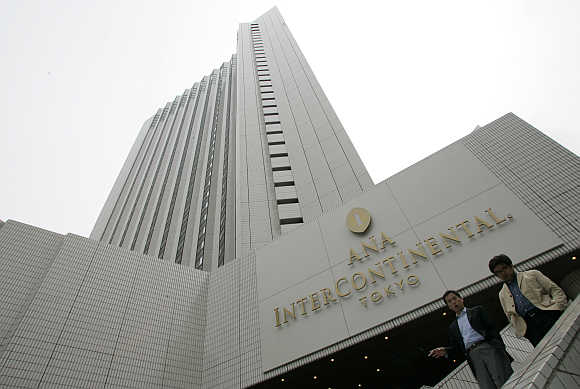
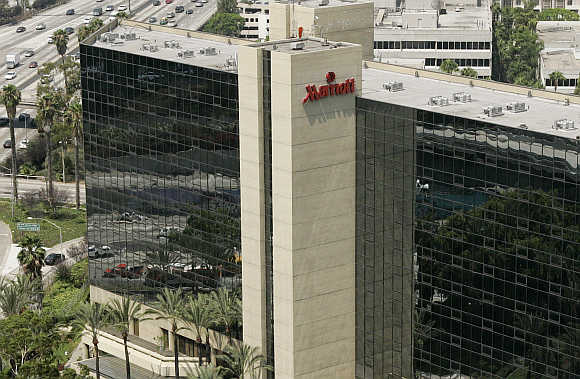
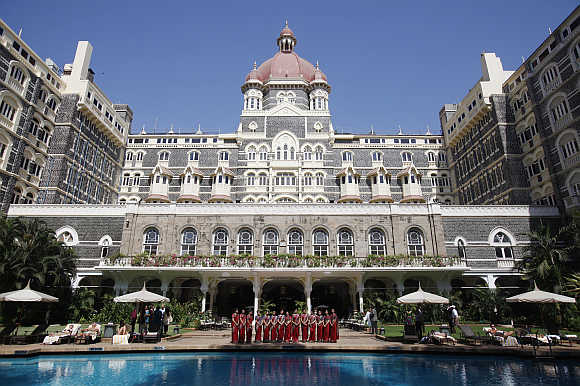
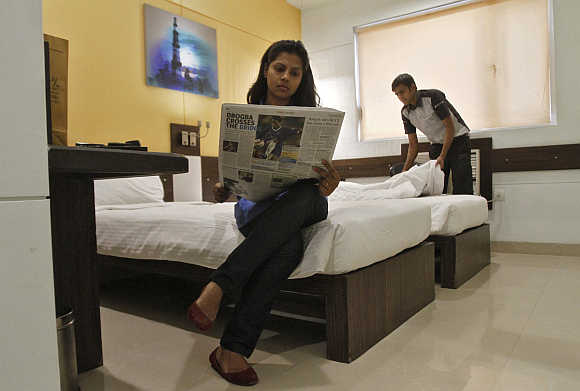

article